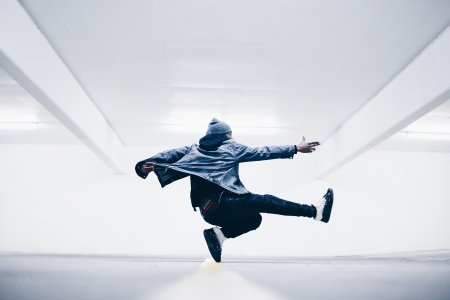In the same way, a tap jam is not only about standing around in a pair of tap shoes. Music, or a rhythm, is played and anyone who feels like it and happens to be wearing tap shoes is welcome to join in – usually one after the other – and develop their own innovative sequences of steps. Hmm, that means you have to know a few steps to start with. Shuffle, flap, scuffle, ball-change, cramp roll, heel, riff walk, buffalo wing, hop shuffle hop, pullback flap heel … What? Sounds like a foreign language, or at least words you thought you knew but that apparently have a different meaning. Such terminology is child’s play for tap dancers, especially if you have been dancing since you were … well, we won’t go into that.
In other words (literally) you have to know the basics and be able to apply them before you can even contemplate compiling your ideas to create a solution that works for you and others sharing the space you have added a further dimension to. Sound familiar?
Of course, you have to avoid repeating sequences or combinations, however convinced you are of their effect. Standard responses to the challenge may be sound, but repetition can become a habit or an automatic reflex, which does not necessarily mean the “performer” has given sufficient thought to what s/he wants to achieve. As one of my all-time heroes once said: “It's a two-dimensional gig being a singer, and you can get lost in your own tedium and repetition” (Robert Plant).
So how can be avoid “getting lost in our own tedium and repetition”? Open up for new ideas, observe and evaluate developments around us, add to our skills and competences, learn and be aware of different techniques – possibly from areas of expertise that are not a natural part of our standard agenda – mix with the relevant people and remain dedicated to the cause.
I have no ambition to be a lighting designer. A tap dancer? Sure.
Actually, the two have quite a lot in common.
